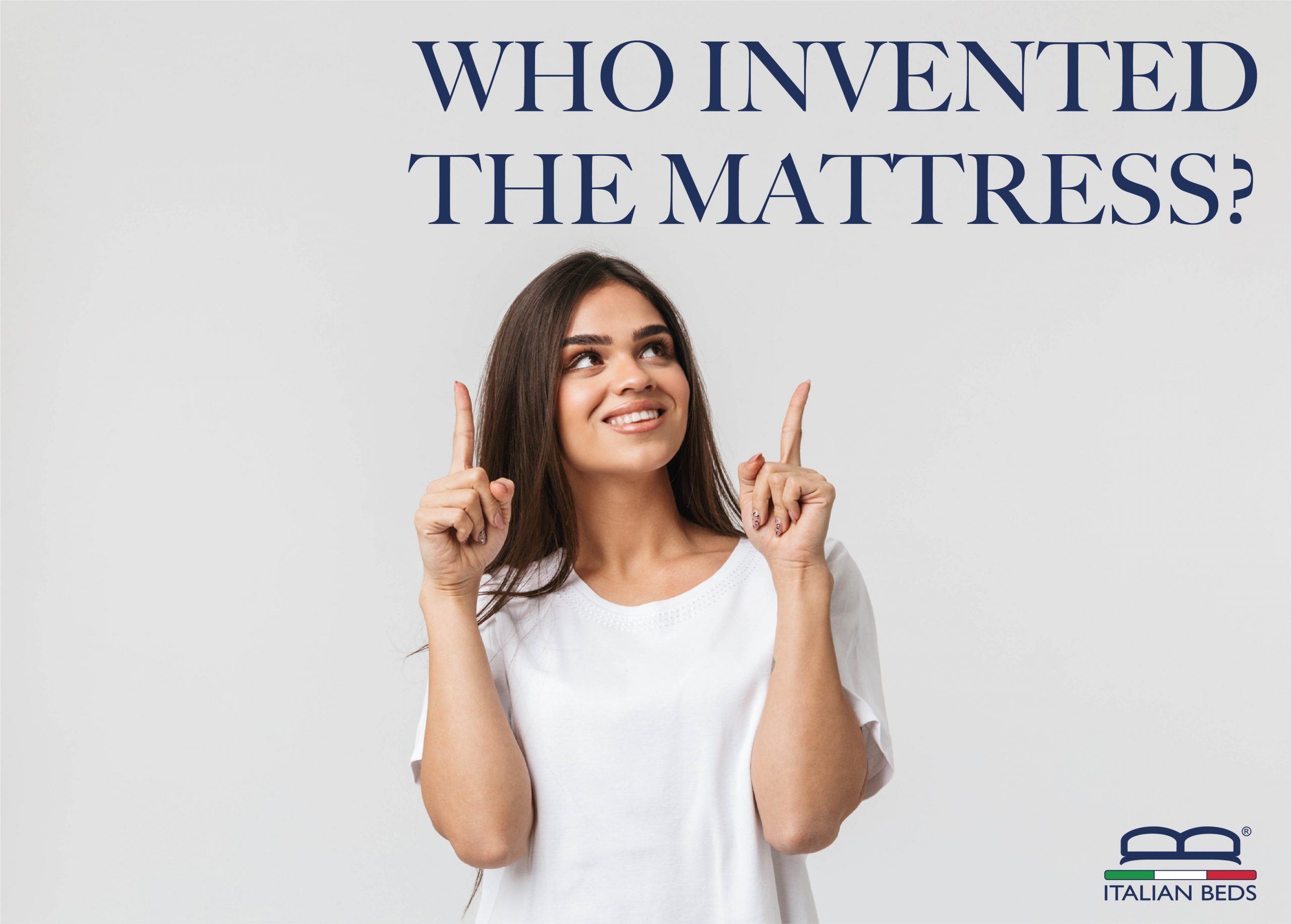
Did you know that the origin of the word ” mattress ” dates back to the Middle Ages?
It comes from the Arabic مطرح (“matrah”) and means “to throw yourself” and / or “to rest on”.
In fact, the Arabs, at the time of the Crusades, spread a new custom: sleeping on large pillows, stuffed with wool or animal hair, placed directly on the ground, gradually replacing the mattress; in particular, the padding was made with aquatic plants, for example, sedge and rush, and bushy plants, such as Cryptocarya woodii, which has the property of repelling insects.
So, a new profession was born: mattress makers that are people who replaced, at least once a year, the padding of these huge sleeping bags. This padding was washed, dried and carded, in order to be reinserted.
However, starting from the 19th century, many other techniques for padding mattresses were experimented. For example, a Scottish doctor, Sir James Paget (1814-99), successfully tested the waterbed, treating the bedsores of some sufferers.
Subsequently, a tire manufacturer, founded by John Boyd Dunlop, conceived the latex mattress, which allows it to adapt to the curves of the body, considerably reducing the formation of dust inside it.
The viscoelastic foam (memory foam), on the other hand, was developed for the first time by NASA.
It was born as a sort of shock absorber in aerospace shuttles, during the 1970s, to protect astronauts during take-off and return from missions, offering additional support (comfortable and ergonomic) against the high pressure of the G force.
Given its potential, when the patent was made public in the 1980s, memory foam found application in the production of mattresses.